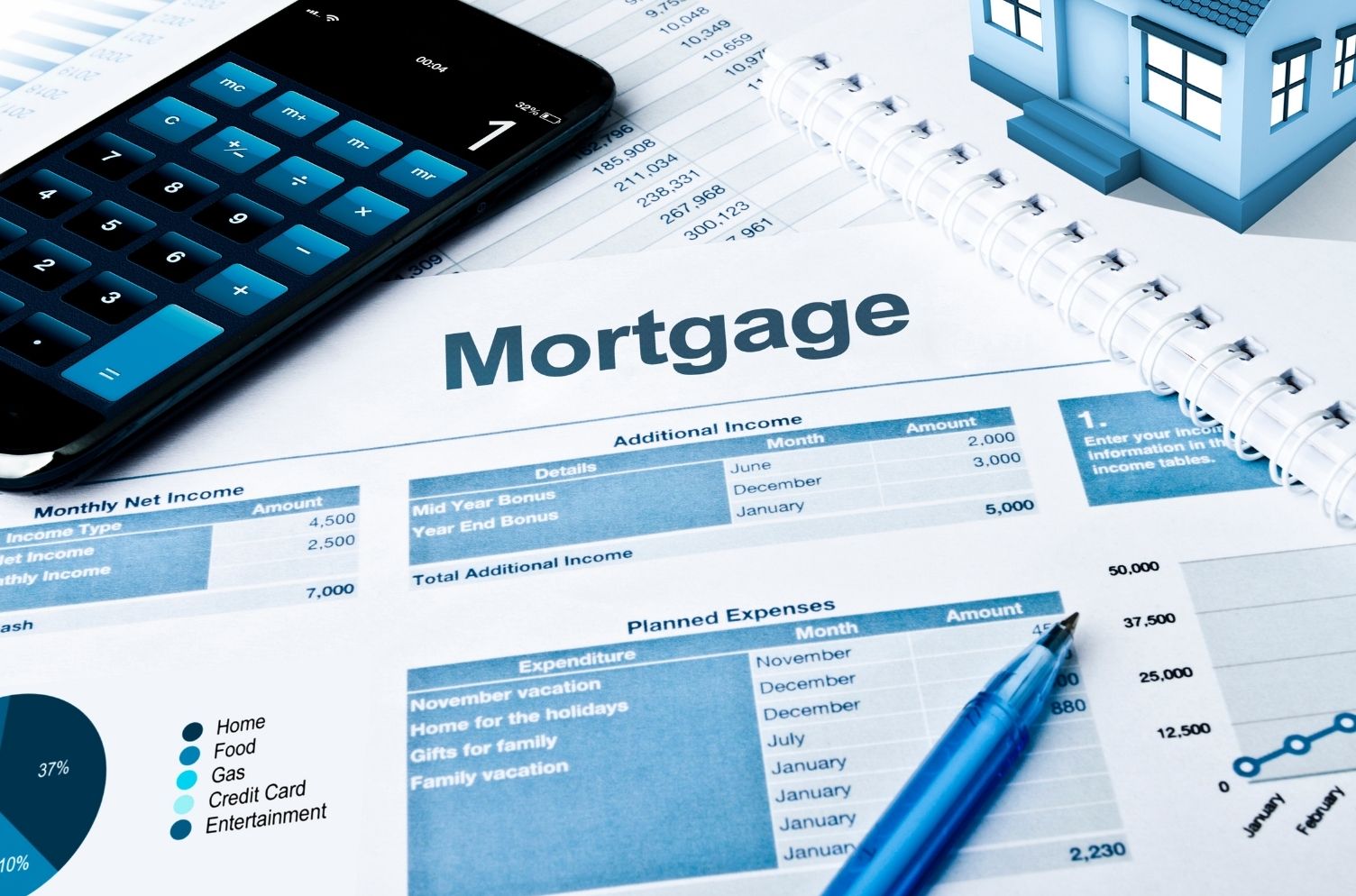Pros and Cons of First Time Buyer Buy to Let Mortgages

Investing in a rental property can be an excellent way to get onto the property ladder and earn an income.
However, if you haven't owned a residence before, you might find that a mainstream bank will automatically turn you down for a buy to let mortgage as a first-time buyer.
In today's guide, the Revolution Brokers team explains how you can become a rental property owner as a first-time buyer and some of the ways we ensure our clients secure competitive mortgage deals.
Please get in touch for further information or for an independent comparison of first-time buyers' best first-time buyer buy to let mortgage products currently on the market.
Our team is available on 0330 304 3040 or via email at [email protected].
How Can I Get a Buy to Let Mortgage as a First-Time Buyer
Let's explain that some lenders will refuse first-time buyer buy to let mortgage applicants looking for a buy to let mortgage.
That's because both circumstances are higher risk than usual.
That's because both circumstances are higher risk than usual – this is the primary difference between buy to let and first time buyer mortgage agreements. When you’re applying for a buy to let mortgage as a first-time buyer, the lender has less financial information to verify you will be able to keep up with the mortgage payments.
However, with support from a specialist broker, there is every reason you should go ahead if you've found an exciting rental opportunity.
Mortgage Criteria for a Standard Buy to Let
While each first-time buyer buy to let mortgage lender has different rules and assessments, we've summarised here some of the typical eligibility criteria you'll find if you look for a buy to let mortgage.
- Deposit of at least 25% of the property value.
- Income and affordability assessments.
- Minimum age (18) and maximum age (sometimes 70 or 75, occasionally uncapped).
- A reasonably good credit rating.
- Stable employment or a sufficient annual income.
If you don't meet any of those criteria, you can still apply for a first-time buyer buy to let mortgage.
That said, you must work with a first-time buyer buy to let mortgage broker to signpost your application to specialist or niche lenders who offer greater flexibility in their assessments. It’s essential to be conscious of the difference between buy to let and first-time buyer mortgage criteria since the standard eligibility requirements are likely to be more rigorous.
Lender Assessments on an Applicant Looking for a Buy to Let Mortgage as a First-Time Buyer
Applicants for a first time buyer buy to let mortgage might find that the assessment process is slightly different.
First-time buyer buy to let mortgage lenders primarily need to know how much rental income the investment will generate. This income stream is how you'll pay back the interest-only buy to let mortgage.
Therefore, if you have a strong rental income potential that easily covers the first-time buyer buy to let mortgage payments, a lender might be more likely to approve your application, even if you've never been a landlord before.
Affordability Assessments When Applying for a Buy to Let Mortgage as a First-Time Buyer
While rental income is crucial, first-time buyer buy to let mortgage lenders will also look at your average regular income.
It's important to note that the maximum first-time buyer buy to let mortgage value doesn't always work the same as a residential mortgage.
Standard mortgage lending looks at your yearly earnings and applies a multiple, usually four or 4.5 times, to arrive at a cap – but another difference between buy to let and first-time buyer mortgage assessments is that you may not be able to borrow as much.
First-time buyer buy to let mortgage lenders will still want to know what you earn, but they will approach the affordability assessment in different ways:
- Lender A uses the residential multiple and will lend up to 4.5 x your salary, provided the rental income from the buy to let property is sufficient to cover the interest costs.
- Lender B will lend to a landlord with a minimum annual income of £20,000 and require the rent to cover 125% of the mortgage interest.
- Lender C doesn't look at personal income but will require the rent to be 125% to 160% of the mortgage payments, depending on your tax bracket.
Deposits Required for a Buy to Let First-Time Mortgage
Most UK first-time buyer buy to let mortgage lenders will accept an absolute minimum 15% deposit on a buy to let mortgage, although more often around 25%.
Because you’re applying for a buy to let mortgage as a first-time buyer, you'll almost definitely need to put down a deposit of a higher value to offset the lender's risk - but if you're concerned about having a large enough down payment, please get in touch!
There are multiple alternative product options if a first-time buyer buy to let mortgage isn’t the right solution.
- Guarantor Mortgages - If you need help putting down a deposit or providing affordability, a guarantor can support your mortgage application. Many lenders will negotiate lower deposit terms if you have mitigated the risk in this way.
- Joint Borrow, Sole Proprietor Mortgages - This type of mortgage enables first-time buyers to purchase a rental property in their name but have another person (usually a parent) on the mortgage paperwork.
Support With First Time Buyer Rental Investments
If you're new to mortgages, investing in a buy to let can feel complex, but an experienced first-time buyer buy to let mortgage broker will steer you through the process and ensure you secure competitive rates.
Each first-time buyer buy to let mortgage lender takes a different view to assess new mortgage applicants, and a lot depends on the property you wish to buy and how much rental income it is expected to generate.
For assistance comparing first-time buyer buy to let mortgage deals or getting mortgage approval as a first-time landlord, please get in touch on 0330 304 3040 or via email at [email protected].
Related Posts
Ask the Expert
Mortgage Brokers


_7779.jpg)

